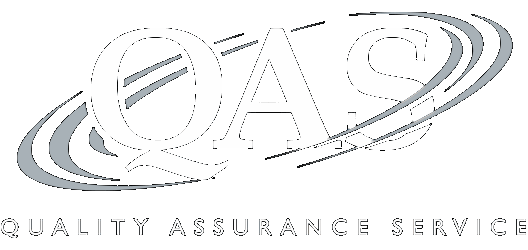IRC Section 67(g) and Form 1041 Trust Deduction Rules: Fiduciary Fees, State and Local Taxes, and Other MIDs
Note: CLE credit is not offered on this program
Recording of a 110-minute CPE webinar with Q&A
This course will provide fiduciary tax advisers and compliance professionals with a practical guide to the deduction structure for Form 1041 under the latest tax reform. The panel will outline the specific changes that tax reform makes to fiduciary deductions, detail the impact of income items taxable at the trust or estate level, and discuss the specific changes in tax allocation between entity and beneficiaries after the law change.
Outline
- Section 67(g) provisions on 2 percent MIDs and possible impact on trust and estate deductions
- Intersection of IRC 67(g) with Section 67(e) and potential uncertainty in treatment of fiduciary fees
- State and local tax deduction cap and possible exception for trusts under Section 212
- Excess deductions on termination of an estate or trust
Benefits
The panel will address these and other essential matters:
- Deductions that trusts and estates lose under the new tax law
- Caps on state and local tax deductions
- The impact that the elimination of the 2 percent MID will have on estates and trusts
- Specific expenses that would have been incurred if a property was not held in an estate or trust that may be excluded from the 2 percent MID floor
Faculty

Jeremiah W. (Jere) Doyle, IV
Senior Vice President
Bank of New York Mellon
Mr. Doyle provides clients with integrated wealth management advice on how to hold, manage and transfer their... | Read More
Mr. Doyle provides clients with integrated wealth management advice on how to hold, manage and transfer their wealth in a tax efficient manner. He is the editor and co-author of Preparing Fiduciary Income Tax Returns, a contributing author of Preparing Estate Tax Returns and Understanding and Using Trusts and a contributing author of Drafting Irrevocable Trusts in Massachusetts. He is a lecturer in law in the Graduate Tax Program at Boston University School of Law.
Close
Jacqueline Patterson, CPA, JD
Partner
Buchanan & Patterson
Ms. Patterson specializes in tax, estate and financial transactions, with an emphasis on asset protection and... | Read More
Ms. Patterson specializes in tax, estate and financial transactions, with an emphasis on asset protection and succession planning. She advises grantors, fiduciaries and beneficiaries in matters involving the transfer, administration, investment and management of assets and is a consultant to attorneys and CPAs in fiduciary accounting, taxation and litigation. She has held Adjunct Faculty positions in the graduate tax programs at both USC and Golden Gate University.
Close
